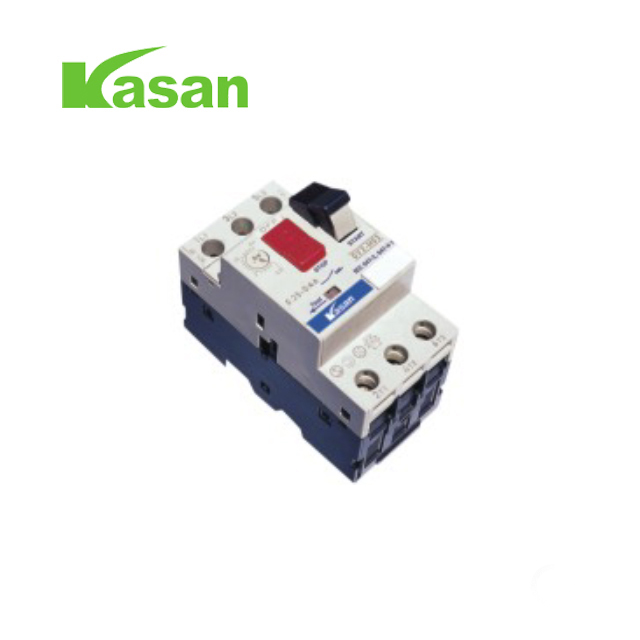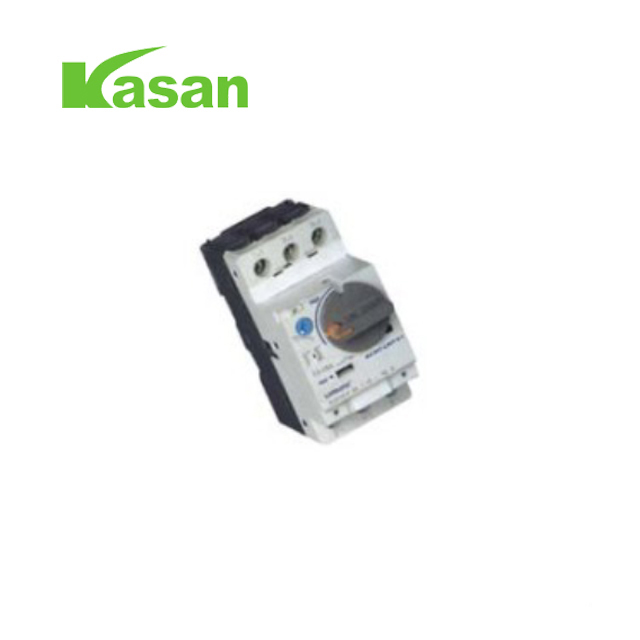- English
- Español
- Português
- русский
- Français
- 日本語
- Deutsch
- tiếng Việt
- Italiano
- Nederlands
- ภาษาไทย
- Polski
- 한국어
- Svenska
- magyar
- Malay
- বাংলা ভাষার
- Dansk
- Suomi
- हिन्दी
- Pilipino
- Türkçe
- Gaeilge
- العربية
- Indonesia
- Norsk
- تمل
- český
- ελληνικά
- український
- Javanese
- فارسی
- தமிழ்
- తెలుగు
- नेपाली
- Burmese
- български
- ລາວ
- Latine
- Қазақша
- Euskal
- Azərbaycan
- Slovenský jazyk
- Македонски
- Lietuvos
- Eesti Keel
- Română
- Slovenski
- मराठी
- Srpski језик
What is a motor circuit protector?
2024-01-09
A motor circuit protector is a device designed to protect electric motors from overloads and short circuits. It serves as a safeguard for the motor and the electrical circuit by interrupting the flow of electrical current when certain conditions that could damage the motor are detected. Motor circuit protectors are commonly used in industrial and commercial applications where electric motors play a crucial role.

Motor circuit protectors are equipped with thermal elements that can sense the heat generated by an overloaded motor. If the current exceeds the motor's rated capacity for an extended period, the protector will trip, disconnecting power to the motor and preventing damage due to overheating.
In the event of a short circuit, where a sudden surge of electrical current occurs, motor circuit protectors respond quickly to interrupt the circuit. This helps prevent damage to the motor windings and other components.
Many motor circuit protectors allow for adjustable settings to match the specific requirements of the motor and the application. This includes setting the tripping currents and adjusting the response time.

Some motor circuit protectors have a manual reset feature. After tripping due to an overload or short circuit, the protector must be manually reset to restore power to the motor. This ensures that any underlying issues are addressed before the motor is restarted.
Motor circuit protectors come in various sizes and types to accommodate different motor sizes and applications. They can be integrated into motor control panels or installed as standalone devices.
In some cases, motor circuit protectors are coordinated with motor starters, ensuring that the protection system responds appropriately to different fault conditions while allowing for the smooth starting and operation of the motor.
Motor circuit protectors are crucial components in maintaining the reliability and safety of electric motors in various industrial and commercial settings. They help prevent costly damage to motors and ensure the continuous and safe operation of electrical systems.





